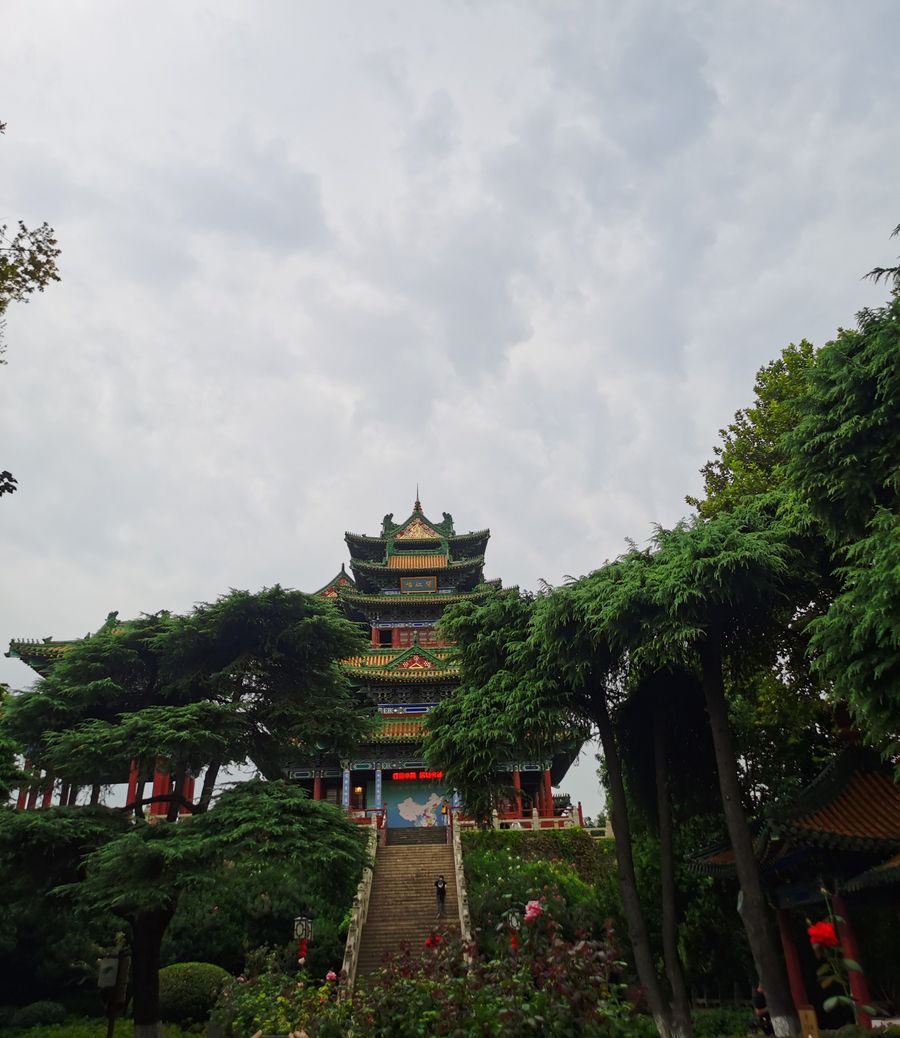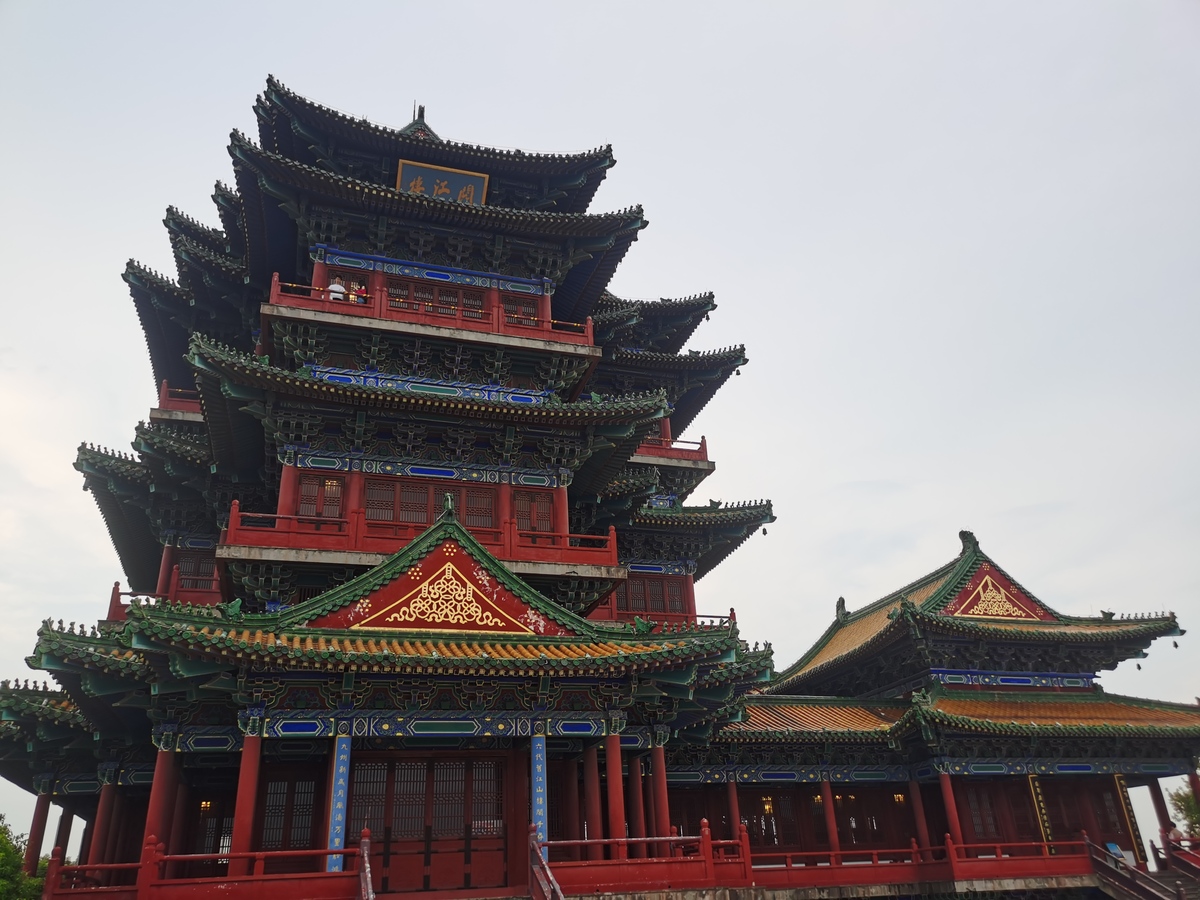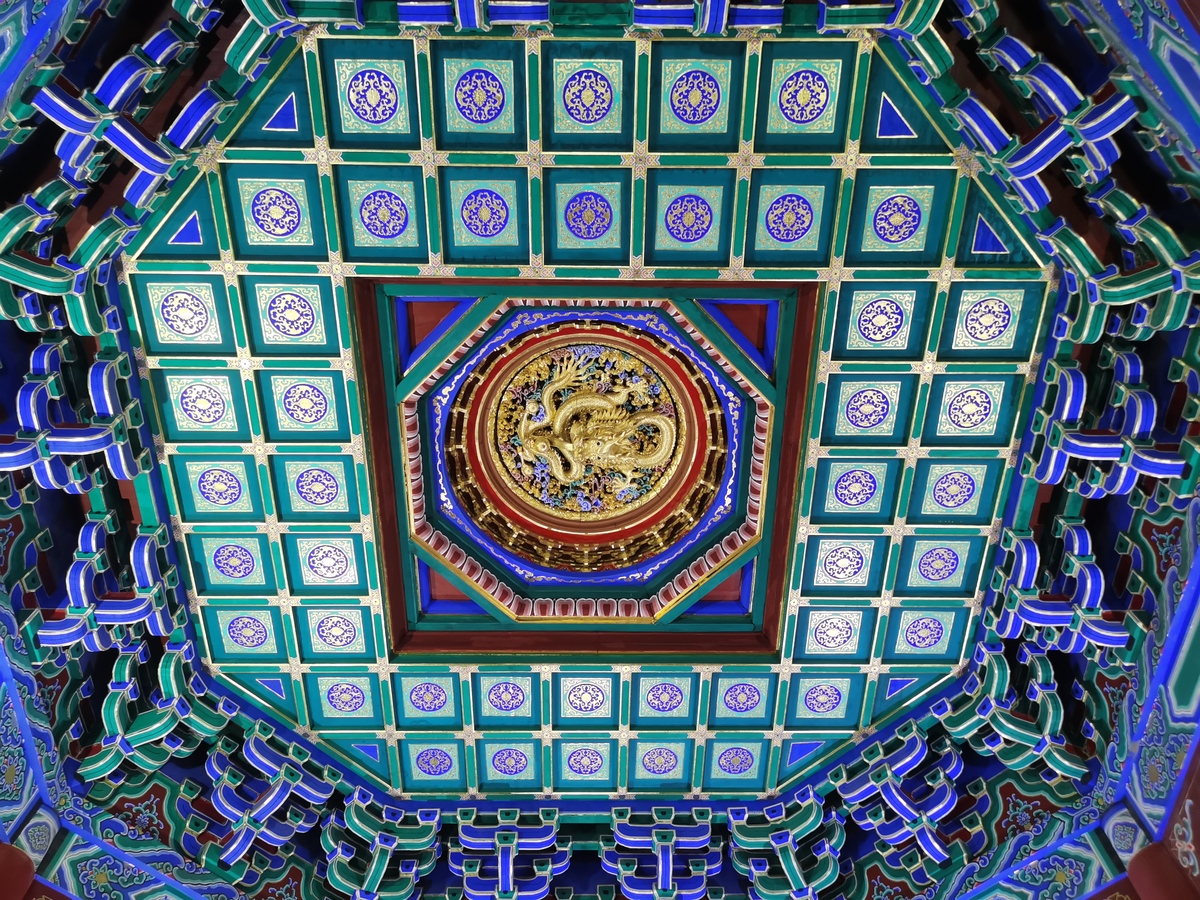Original link:https://www.feidaoboke.com/post/nanjing-yue-jiang-lou.html
Nowadays, when you go to the Xiaguan District in the north of Nanjing, you can see an ancient-style pavilion standing high on the Lion Mountain on the south bank of the Yangtze River, that is, the Yuejiang Tower.
When Nanjing City promotes Yuejiang Tower, it is often called the “Four Famous Towers in the South of the Yangtze River” together with the Yellow Crane Tower, Tengwang Pavilion and Yueyang Tower. After all, earlier people’s consensus was that it was one of the “Three Famous Buildings in the South of the Yangtze River”. The reason why people “despised” the Yuejiang Tower in Nanjing was that it was only completed in 2001 and had no historical heritage.
In fact, when it comes to historical heritage, the other three famous buildings are not the same as the famous building in the historical heritage. The most famous of them, the Yellow Crane Tower in Wuhan, was even “ shifted “ by one kilometer during its reconstruction.
The historical heritage of Yuejiang Tower can be traced back to when Ming Taizu Zhu Yuanzhang established the Ming Dynasty in Nanjing.
In the spring of 1374 (the seventh year of Hongwu), Zhu Yuanzhang, the emperor of the Ming Dynasty, decided to build a pavilion on Lion Mountain in Nanjing and named it “ Yuejiang Tower “ himself. With “Yuejiang Tower” as the theme, he ordered each of the civil servants in the court to write an “Yuejiang Tower”. Yuejiang Tower”. Among these works that have been handed down to this day are “The Story of Yuejiang Tower” by Song Lian, a famous writer in the late Yuan and early Ming Dynasty and a scholar of Hanlin University, and “The Story of Yuejiang Tower” and “The Story of Yuejiang Tower” written by Zhu Yuanzhang himself.
However, just after Zhu Yuanzhang wrote the building notes and laid the foundation, he suddenly decided to stop building Yuejiang Tower.
He gave an explanation in “Yueyuejiang Tower”: First, God gave him a dream and warned him not to rush to build Yuejiang Tower; secondly, after careful consideration, he felt that he should seize the important things that needed to be done urgently and build Yuejiang Tower. This matter should be slowed down a bit. Later, some historical experts analyzed that the fundamental reason may be that the imperial court was concentrating financial resources and manpower to build the city walls of Nanjing and Fengyang, the central capital. Later, even the city wall of Fengyang, the central capital, was stopped due to huge expenditures.
The construction of Yuejiang Tower has been suspended for more than 600 years.
At the end of the last century, relevant departments in Nanjing proposed a motion to rebuild the “Yuejiang Tower”, which received response from all walks of life. In 1997, the Nanjing Municipal Government officially approved the construction of the Yuejiang Tower. By September 2001, the Yuejiang Tower was officially completed.

This has just ended the more than 600-year history of Yuejiang Tower with “memory but no tower”.
The current Yuejiang Tower is one of the 4A-level scenic spots. When I first came to Nanjing to work, I worked and lived near Yijiangmen on Zhongshan North Road for several years. I passed Lion Rock to view Yuejiang Tower from a distance countless times, but I never climbed the tower.
I live in the south of the city now. A few days ago, my wife and I drove with our daughter through the main city of Nanjing to the north of the city and “ checked in” at Yuejiang Tower together.
Jianning Road is under construction for a subway, and there are fences on both sides of the road. It is really difficult to drive. Fortunately, Yuejiang Tower is not considered a popular tourist attraction in Nanjing, and parking in the internal parking lot is quite convenient.
The Yuejiang Tower Scenic Area requires tickets, but in the Nanjing Annual Park Tour Card Directory, our family has a Nanjing Park Annual Card, which can be used to enter the scenic spot. However, Yuejiang Tower is on Lion Rock, and you need to climb the mountain first. Although Lion Rock is not very high, considering that you are bringing children, you still spent 40 yuan (20 yuan/person, children under 1.2m are free) to take the elevator to the mountain.
On the left hand side after exiting the elevator is Yuejiang Tower. When you look closer at this building, it feels even more majestic.
After walking 100 meters to get downstairs, you need to climb dozens of steps to reach the large platform on the first floor. On the platform is a bronze Yuejiang Louding, which is said to be the largest imitation of the Simuwu tripod from the Western Zhou Dynasty in the country.

The main building of Yuejiang Tower has four floors and three hidden floors, totaling seven floors. Each floor has displays related to the Ming Dynasty.
The main attractions on the first floor are the imitation of Zhu Yuanzhang’s mahogany dragon chair and the huge gold characters behind the chair against the wall. The full text of Zhu Yuanzhang’s “Yuejiang Tower” is engraved on it. On the east side is Kangxi’s plaque “ Governing Long in the Tang and Song Dynasties “ . People who live in the mausoleum will definitely be familiar with these four words. This is the high evaluation of Zhu Yuanzhang, the emperor of the Ming Dynasty, by the emperor of the Qing Dynasty. Of course, combined with the historical reasons at the time, it was suspected of buying people in the south of the Yangtze River.
On the second floor are the portraits of sixteen emperors of the Ming Dynasty. According to the traditional historical conclusion of the Ming Dynasty, it ended at Chongzhen, and several emperors from the Southern Ming Dynasty failed to “ make the list. “
On the third floor is a huge porcelain painting of Zheng He’s voyages to the West. It is majestic and panoramically describes the glorious history of Zheng He’s voyages to the West. It is said to be the largest porcelain painting in China. Next to it are works by Tang Bohu and Zhu Zhishan, two talented men from the Ming Dynasty.
The fourth floor is the top floor that tourists can go up to. The mahogany “ Hundred Lions Terrace “ is placed in the hall. I don’t know much about mahogany furniture, but I just feel it is very grand and valuable.

Standing inside the building, you can see the Panlong caisson on the roof. The caisson is a unique method for the indoor ceiling of ancient Chinese palaces. It looks like a concave well and is decorated with algae, so it is called “caisine”.
The golden dragon that sits on the top of the Yuejiang Tower is carved from a whole piece of camphor wood. The dragon’s body is made of 24K gold. It is made using Nanjing’s local Jiangning gold foil production process. It is said that a total of 11 kilograms of pure gold were used both inside and outside.
Standing on the observation deck of Yuejiang Tower, you can see the Nanjing city skyline to the south, and the Nanjing Yangtze River Bridge and the mighty Yangtze River to the north.
When you lower your head at the observation deck and look closer, you can get a bird’s-eye view of the Jinghai Temple next to it. This is a royal temple built by Zhu Di, the founder of the Ming Dynasty, in order to praise Zheng He’s merits in his voyages to the West. It is dedicated to the Arhat portraits, Buddha’s teeth, and statues that Zheng He brought back from foreign lands. Jade toys and other items are also the place where the Treaty of Nanjing was signed in the late Qing Dynasty. It is now a patriotic education base.
When I came down from upstairs, I found that there is a free elevator inside the building, which is relatively friendly to people taking the elderly and children up the stairs.
There are also several small attractions in the Yuejiang Tower Scenic Area, including the Sun Yat-sen River Viewing Point. It is said that after Sun Yat-sen became president in Nanjing, he visited Lion Rock many times, where he and Huang Xing and others inspected the situation and studied the Northern Expedition.
There are also sculptures of Zhu Yuanzhang’s expedition and the bunker he used. It is said that this bunker was later built by the Qing army, the Taiping Rebellion Army, the Japanese army, the Kuomintang army and the People’s Liberation Army, so it is also called the “Five Army Tunnel”.
After leaving Yuejiang Tower and going down to Lion Rock, there is Hydrangea Park. This place is related to the legend that Zhu Yuanzhang’s Queen Ma loved hydrangeas. Now it is a free park. When the hydrangeas are in bloom, it is one of the beautiful scenery in the north of Jinling City.
This article is reproduced from:https://www.feidaoboke.com/post/nanjing-yue-jiang-lou.html
This site is only for collection, and the copyright belongs to the original author.